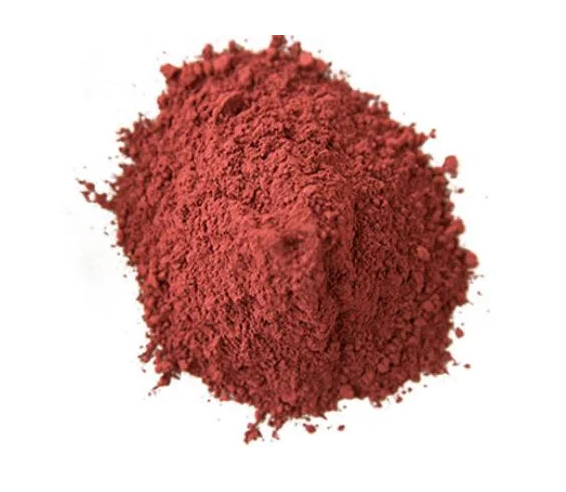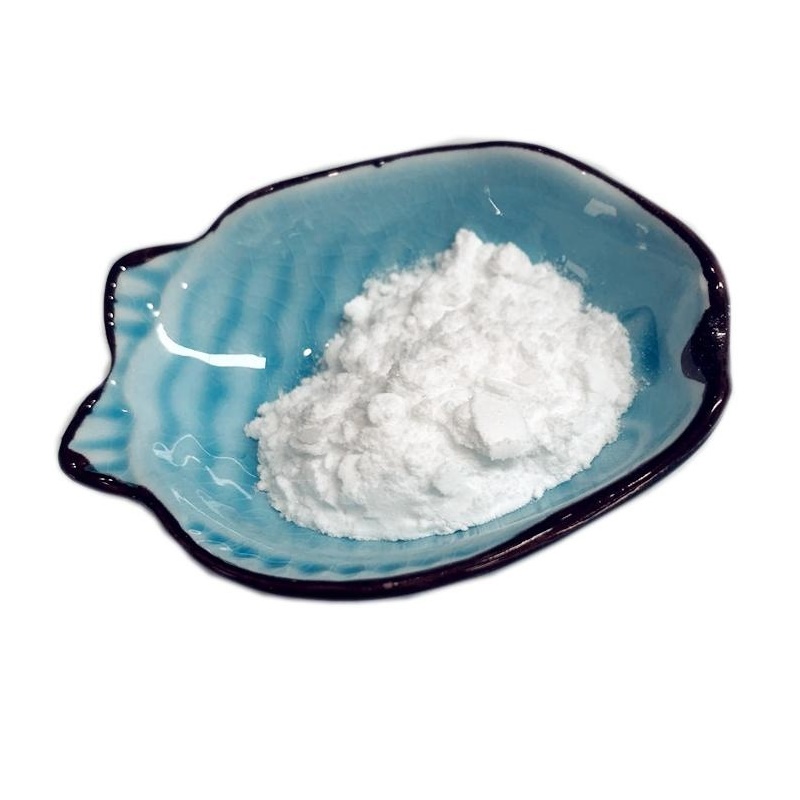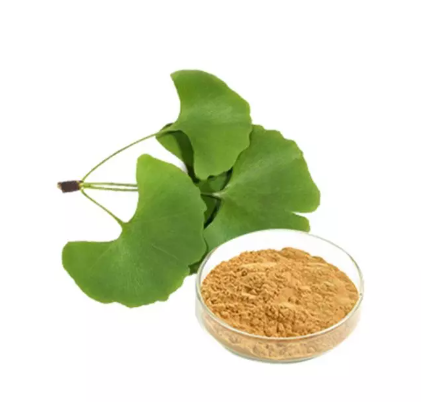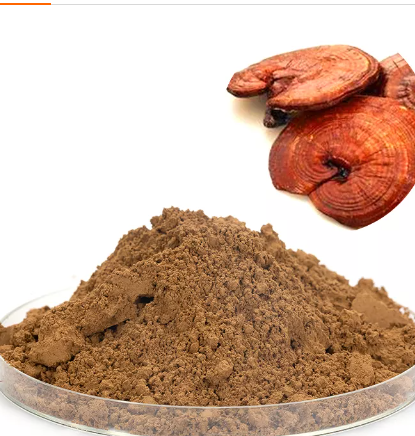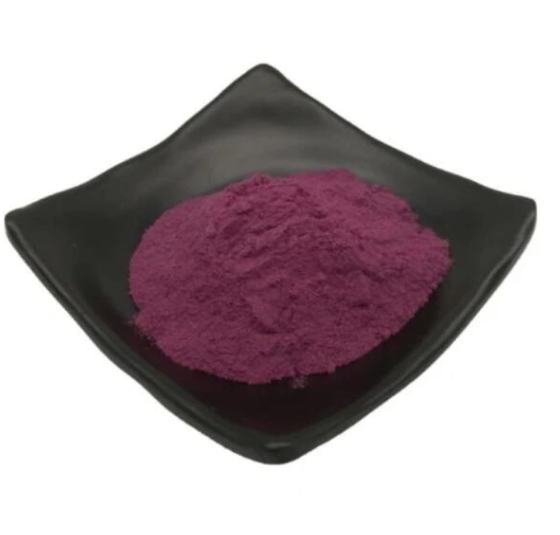

Pomegranate P.E
——————
CAS number : 0
molecular formula : 0
EINECS : 0
——————
Email : info@deshangchem.com
Mobile : +86-13153039501
TEL : +86-531-88752665
English synonyms:
Pomegranate P.E
Related categories
Plant Extract; Raw Material; Natural Plant Extract
Introduction
Pomegranate extract is an active substance extracted from the peel, seeds, and juice of pomegranate, and contains polyphenols, flavonoids, alkaloids, organic acids, and estrogen-like components. It has various pharmacological functions such as anti-oxidation, scavenging free radicals, preventing cardiovascular and cerebrovascular diseases, and improving women's menopausal syndrome.
● The main chemical components are polyphenols, flavonoids, alkaloids and organic acids, in addition to steroids, phospholipids, triglycerides, volatile oils, amino acids and minerals.
● Polyphenols
Extract and isolate punicalagin, pomegranate lin, casuarina, pomegranate piting A, pomegranate piting B, tannium essence, ellagic acid, gallic acid and British oak ellagic acid, etc. from pomegranate peel; from pomegranate juice Gallic acid, quercetin, chlorogenic acid, phloridzin, caffeic acid protocatechuic acid, catechin and coumaric acid were extracted and separated from the extract, among which the content of gallic acid and catechin was relatively high.
● Flavonoids
Flavonoids in pomegranate peel include geranium, delphinidin and rutin. Pomegranate peel also contains 3 flavonol phytoestrogens, namely luteolin, quercetin and camphenol. Pomegranate seeds also contain 2 kinds of isoflavone phytoestrogens, namely 5, 7, 4′-trihydroxyisoflavone and 7, 4′-dihydroxyisoflavone.
● Alkaloids
Pomegranate mainly contains piperidine and pyrrolidine alkaloids. Piperidine alkaloids include pomegranate, N-methyl pomegranate, pseudo pomegranate, N-acetyl pomegranate and the like. The types of piperidine alkaloids contained in different parts of pomegranate are different, and the two isotopes of N-acetyl pomegranate, 2-(2,-hydroxypropyl)-1-piperidine, sedridine and N-acetyl sedridine The conformers are distributed in almost all parts of pomegranate. Pomegranate, pseudogarnetine, N-methyl garnetine, and isopigarnetine mainly exist in root bark, stem bark, branch bark and fruit bark. The contents of 2-(2,-hydroxypropyl)-in1-piperidine, 2-(2,-propenyl)-in1-piperidine and norpseudopomegranate in root bark were relatively high. Pyrrolidine alkaloids in pomegranate mainly include coustigine and noragestine, both of which are mainly present in the root bark, but the content is not high.
● Organic acid compounds
Pomegranate seeds are rich in unsaturated fatty acid compounds. Juice is dominated by polyvalent straight-chain carboxylic acids, among which citric acid has the highest content, with an average content of 4.85g L-1, followed by L-malic acid (average content of 1.75g L-1), tartaric acid, oxalic acid , (—)-quinic acid and succinic acid, etc.
● other ingredients
Steroids, phospholipids, triglycerides, and volatile oils are all distributed in pomegranate seeds, and amino acids and minerals are distributed in pomegranate juice.
● Anti-ultraviolet radiation effect
Studies have shown that pomegranate juice, pomegranate extract and pomegranate oil all have protection against UV damage and are expected to be useful adjunct ingredients in cosmetics.
● Improve metabolic syndrome
Clinical trials and animal experiments have shown that pomegranate juice, pomegranate extract and pomegranate flower extract have significant anti-atherosclerosis, anti-hypertensive and anti-inflammatory activities, and are expected to be used in the treatment of metabolic syndrome.
● antimicrobial activity
Antibacterial, antiviral activity Tannins in pomegranate extract are its antiviral active components. The ellagic acid, gallic acid, pomegranate tannin and punicalagin contained in the pomegranate extract have significant inhibitory effects on Staphylococcus aureus, Escherichia coli, Candida, Pseudomonas and Cryptococcus in vitro. Bacteria. The minimum inhibitory concentrations of punicalagin against Candida albicans and Candida parapsilosis were 3.9 and 1.9 μg·mL-1, respectively, and showed a good synergistic antibacterial effect with fluconazole. Antiviral active components in polyphenol extracts.
Antiparasitic IC50 of immature pomegranate peel extract to chloroquine-sensitive D10 malaria parasites and chloroquine-resistant W2 malaria parasites were 4.5 and 2.8 ug·mL-1, respectively. Pomegranate extract showed good anti-trichomonas activity in vitro.
● Antioxidant activity
The antioxidant content in pomegranate is 11 times that of lemon, 39 times that of apple, and 283 times that of watermelon. The main antioxidant substances in pomegranates are ellagitannins, which are metabolized by microorganisms in the intestinal tract into urolithin and enter the blood circulation, while urolithin A, C, D, etc. all show strong anti-oxidative properties. Oxidative activity, and the activity is significantly higher than that of ellagic acid and punicalagin. The activity in animals is mainly manifested in the following aspects: silt has a protective effect on the gastric mucosal injury of rats caused by alcohol or aspirin toxicity; it has a protective effect on the brain hypoxia injury of young mice; it can prevent penile erectile dysfunction in male rabbits ; Eliminate the hepatotoxicity caused by iron nitrogen triacetate [Fe-NTA], it is often seen clinically that the indicators reflecting liver function are significantly improved, and avoid the occurrence of hepatic ballooning degeneration, hepatic steatosis and hepatic necrosis; in terms of cardiovascular system , pomegranate juice can reduce the content of LDL and total cholesterol in the blood, and has the effect of lowering blood pressure and reducing the occurrence of carotid atherosclerosis.
● Effects on bones and joints
Pomegranate extract inhibits interleukin-1β-induced proteoglycan breakdown in cartilage explants. This suggests that pomegranate extract can inhibit cartilage degradation in osteoarthritis and thus holds promise as a nutritional supplement for maintaining joint integrity and its function.
● Effects on Neonatal Hypoxic and Ischemic Brain Injury
Experiments on pregnant mice found that compared with pregnant mice consuming placebo, the rate of brain damage induced by the experiment in their neonatal offspring was significantly reduced by 64%. Enzyme activity was significantly reduced by 84%. This suggests that the antioxidant properties of pomegranate juice may have a neuroprotective effect, and that this effect may affect the fetus through the mother.
● The preparation method of pomegranate seed extract is as follows: select pomegranate seeds, grind and crush (there is no specific requirement for the degree of crushing, it is best to pass through a 10-100 mesh sieve); add 1-3 times of water to soak, heat to extract, and can be boiled on low heat first and then on high heat Extraction, the extraction temperature is 60-90°C; or extract with 45%-85% ethanol, the extract is filtered, concentrated, dried, ground, and sieved, preferably 100-400 mesh, to obtain the pomegranate seed extract.
Pomegranate peel extraction method:
● Take the pomegranate peel coarse powder by the acid-base method, add water to decoct and extract, adjust the pH of the extract to 10 to 13 with sodium hydroxide, centrifuge, take the filtrate and add acetic acid to adjust the pH to 2 to 6, filter the precipitate, wash with water until neutral, the precipitate Dried pomegranate peel extract.
● The macroporous resin separation method takes pomegranate peel coarse powder, heats and refluxes with 60% ethanol to extract twice, filters, recovers ethanol under reduced pressure, concentrates under reduced pressure, dilutes with water, puts on a macroporous adsorption resin column, washes with water, and then washes with ethanol The ethanol eluate was collected, and the ethanol was recovered under reduced pressure to obtain a liquid extract, and the pomegranate peel extract was vacuum-dried.
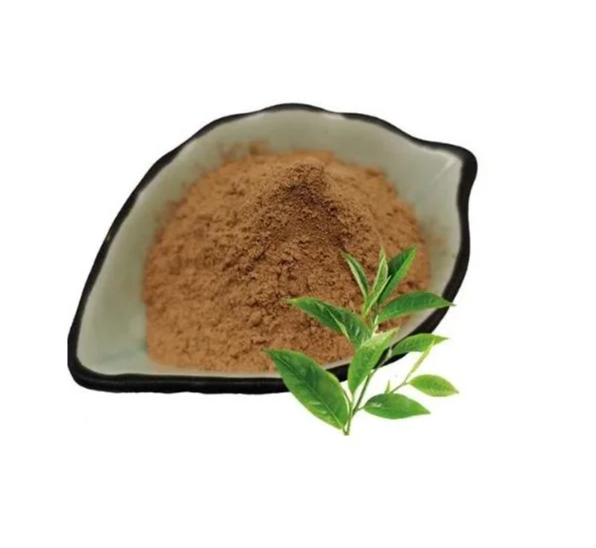
Pomegranate P.E
English synonyms:
Pomegranate P.E
Related categories
Plant Extract; Raw Material; Natural Plant Extract
Introduction
Pomegranate extract is an active substance extracted from the peel, seeds, and juice of pomegranate, and contains polyphenols, flavonoids, alkaloids, organic acids, and estrogen-like components. It has various pharmacological functions such as anti-oxidation, scavenging free radicals, preventing cardiovascular and cerebrovascular diseases, and improving women's menopausal syndrome.
● The main chemical components are polyphenols, flavonoids, alkaloids and organic acids, in addition to steroids, phospholipids, triglycerides, volatile oils, amino acids and minerals.
● Polyphenols
Extract and isolate punicalagin, pomegranate lin, casuarina, pomegranate piting A, pomegranate piting B, tannium essence, ellagic acid, gallic acid and British oak ellagic acid, etc. from pomegranate peel; from pomegranate juice Gallic acid, quercetin, chlorogenic acid, phloridzin, caffeic acid protocatechuic acid, catechin and coumaric acid were extracted and separated from the extract, among which the content of gallic acid and catechin was relatively high.
● Flavonoids
Flavonoids in pomegranate peel include geranium, delphinidin and rutin. Pomegranate peel also contains 3 flavonol phytoestrogens, namely luteolin, quercetin and camphenol. Pomegranate seeds also contain 2 kinds of isoflavone phytoestrogens, namely 5, 7, 4′-trihydroxyisoflavone and 7, 4′-dihydroxyisoflavone.
● Alkaloids
Pomegranate mainly contains piperidine and pyrrolidine alkaloids. Piperidine alkaloids include pomegranate, N-methyl pomegranate, pseudo pomegranate, N-acetyl pomegranate and the like. The types of piperidine alkaloids contained in different parts of pomegranate are different, and the two isotopes of N-acetyl pomegranate, 2-(2,-hydroxypropyl)-1-piperidine, sedridine and N-acetyl sedridine The conformers are distributed in almost all parts of pomegranate. Pomegranate, pseudogarnetine, N-methyl garnetine, and isopigarnetine mainly exist in root bark, stem bark, branch bark and fruit bark. The contents of 2-(2,-hydroxypropyl)-in1-piperidine, 2-(2,-propenyl)-in1-piperidine and norpseudopomegranate in root bark were relatively high. Pyrrolidine alkaloids in pomegranate mainly include coustigine and noragestine, both of which are mainly present in the root bark, but the content is not high.
● Organic acid compounds
Pomegranate seeds are rich in unsaturated fatty acid compounds. Juice is dominated by polyvalent straight-chain carboxylic acids, among which citric acid has the highest content, with an average content of 4.85g L-1, followed by L-malic acid (average content of 1.75g L-1), tartaric acid, oxalic acid , (—)-quinic acid and succinic acid, etc.
● other ingredients
Steroids, phospholipids, triglycerides, and volatile oils are all distributed in pomegranate seeds, and amino acids and minerals are distributed in pomegranate juice.
● Anti-ultraviolet radiation effect
Studies have shown that pomegranate juice, pomegranate extract and pomegranate oil all have protection against UV damage and are expected to be useful adjunct ingredients in cosmetics.
● Improve metabolic syndrome
Clinical trials and animal experiments have shown that pomegranate juice, pomegranate extract and pomegranate flower extract have significant anti-atherosclerosis, anti-hypertensive and anti-inflammatory activities, and are expected to be used in the treatment of metabolic syndrome.
● antimicrobial activity
Antibacterial, antiviral activity Tannins in pomegranate extract are its antiviral active components. The ellagic acid, gallic acid, pomegranate tannin and punicalagin contained in the pomegranate extract have significant inhibitory effects on Staphylococcus aureus, Escherichia coli, Candida, Pseudomonas and Cryptococcus in vitro. Bacteria. The minimum inhibitory concentrations of punicalagin against Candida albicans and Candida parapsilosis were 3.9 and 1.9 μg·mL-1, respectively, and showed a good synergistic antibacterial effect with fluconazole. Antiviral active components in polyphenol extracts.
Antiparasitic IC50 of immature pomegranate peel extract to chloroquine-sensitive D10 malaria parasites and chloroquine-resistant W2 malaria parasites were 4.5 and 2.8 ug·mL-1, respectively. Pomegranate extract showed good anti-trichomonas activity in vitro.
● Antioxidant activity
The antioxidant content in pomegranate is 11 times that of lemon, 39 times that of apple, and 283 times that of watermelon. The main antioxidant substances in pomegranates are ellagitannins, which are metabolized by microorganisms in the intestinal tract into urolithin and enter the blood circulation, while urolithin A, C, D, etc. all show strong anti-oxidative properties. Oxidative activity, and the activity is significantly higher than that of ellagic acid and punicalagin. The activity in animals is mainly manifested in the following aspects: silt has a protective effect on the gastric mucosal injury of rats caused by alcohol or aspirin toxicity; it has a protective effect on the brain hypoxia injury of young mice; it can prevent penile erectile dysfunction in male rabbits ; Eliminate the hepatotoxicity caused by iron nitrogen triacetate [Fe-NTA], it is often seen clinically that the indicators reflecting liver function are significantly improved, and avoid the occurrence of hepatic ballooning degeneration, hepatic steatosis and hepatic necrosis; in terms of cardiovascular system , pomegranate juice can reduce the content of LDL and total cholesterol in the blood, and has the effect of lowering blood pressure and reducing the occurrence of carotid atherosclerosis.
● Effects on bones and joints
Pomegranate extract inhibits interleukin-1β-induced proteoglycan breakdown in cartilage explants. This suggests that pomegranate extract can inhibit cartilage degradation in osteoarthritis and thus holds promise as a nutritional supplement for maintaining joint integrity and its function.
● Effects on Neonatal Hypoxic and Ischemic Brain Injury
Experiments on pregnant mice found that compared with pregnant mice consuming placebo, the rate of brain damage induced by the experiment in their neonatal offspring was significantly reduced by 64%. Enzyme activity was significantly reduced by 84%. This suggests that the antioxidant properties of pomegranate juice may have a neuroprotective effect, and that this effect may affect the fetus through the mother.
● The preparation method of pomegranate seed extract is as follows: select pomegranate seeds, grind and crush (there is no specific requirement for the degree of crushing, it is best to pass through a 10-100 mesh sieve); add 1-3 times of water to soak, heat to extract, and can be boiled on low heat first and then on high heat Extraction, the extraction temperature is 60-90°C; or extract with 45%-85% ethanol, the extract is filtered, concentrated, dried, ground, and sieved, preferably 100-400 mesh, to obtain the pomegranate seed extract.
Pomegranate peel extraction method:
● Take the pomegranate peel coarse powder by the acid-base method, add water to decoct and extract, adjust the pH of the extract to 10 to 13 with sodium hydroxide, centrifuge, take the filtrate and add acetic acid to adjust the pH to 2 to 6, filter the precipitate, wash with water until neutral, the precipitate Dried pomegranate peel extract.
● The macroporous resin separation method takes pomegranate peel coarse powder, heats and refluxes with 60% ethanol to extract twice, filters, recovers ethanol under reduced pressure, concentrates under reduced pressure, dilutes with water, puts on a macroporous adsorption resin column, washes with water, and then washes with ethanol The ethanol eluate was collected, and the ethanol was recovered under reduced pressure to obtain a liquid extract, and the pomegranate peel extract was vacuum-dried.
Team Presentation


